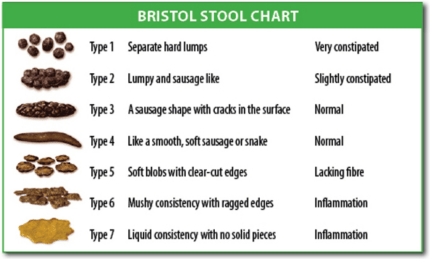Beach glass is an interesting thing. It’s a simple thing. It’s a thing that acts as a metaphor for so many people’s lives. Beach glass is trash. It’s trash that has been discarded by someone after it no longer served them. Those glass items tumble around in the water for years. They get cracks, they break into pieces, they become weathered. Until one day, they wash up on shore as treasures to be found by so many people searching daily for even just one piece. These pieces of discarded trash become broken and end up as unique, beautiful, sought-after pieces of treasure. Did you hear me?
Maybe at some point in your life you felt discarded, no longer needed, maybe even worthless. You spent years weathering the storm of life just trying to survive and feel like you are worthy of something more. You were broken, you were tattered, your hard edges were worn down. For years. Then one day you give in to the cycle and simply let nature run its course. No more trying to will something different for life, no longer wishing for something else, just giving in to the events that will eventually create a new version of you. A version that everyone will dedicate time to understanding, finding, and admiring. This appreciation for what you have become is so much greater than your former “perfectly useful self” that was created to serve someone else. Now you are you, a little broken, but much more beautiful.
I speak often about adversity in life. I think this is an element to life that everyone encounters, no one wants to admit, and everyone feels unworthy because of it. I see this every single day when working with patients because these feeling negatively effect their health. I don’t care if anyone screams their story from the rooftops or lets the world know their journey. Many people appreciate this because it gives them something to empathize with. However, I do care that everyone realize adversity is normal. It’s not only normal, but it is, in some regard, your greatest gift. It has shaped you, changed you, created your uniqueness, and it is what makes you interesting. As a society, we are obsessed with an image that erases adversity from what we see. We want no scars, no stretch marks, no wrinkles, and certainly no evidence of the past. When it comes down to it, no one ever sits with that person and feels anything. That person doesn’t change the world. That person has no purpose. It’s necessary to be a little broken, weather a few storms, and take a few blows from life to create the most purposeful version of you. Know that it happens to everyone and that there’s something great on the other side if you allow it.











